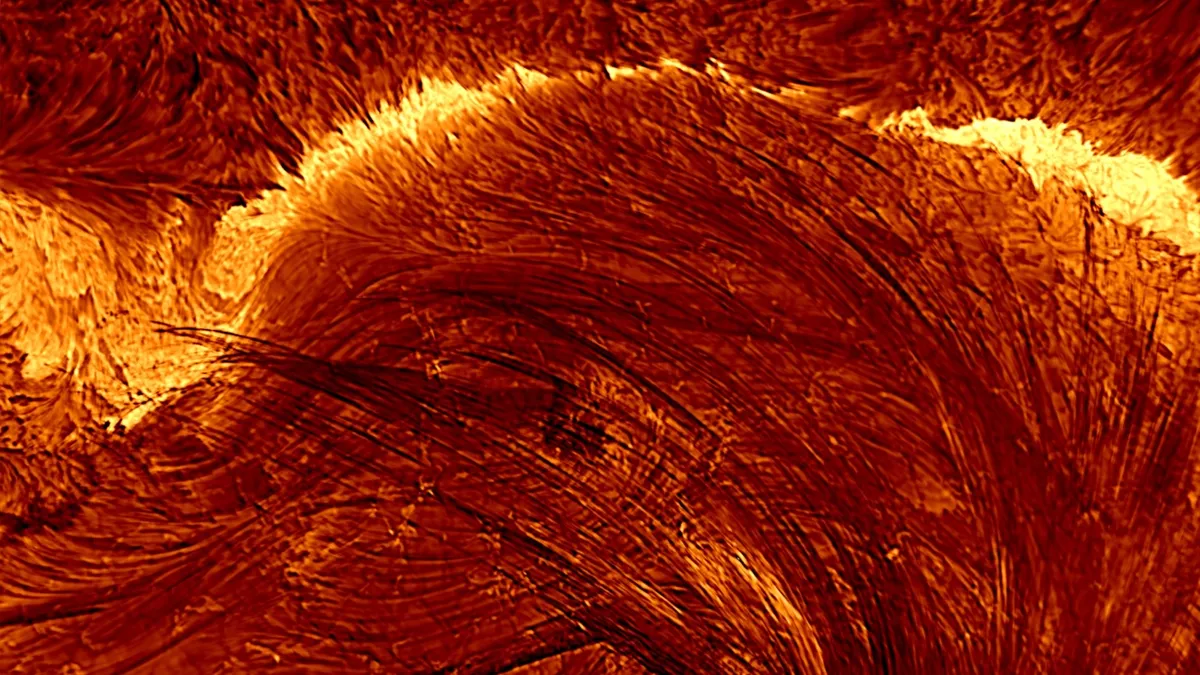
The Daniel K. Inouye Solar Telescope, renowned as the world's largest solar telescope, has made a groundbreaking achievement by capturing the highest-resolution images of a solar flare to date. On August 8, 2024, researchers focused this advanced telescope, located in Hawaii, on the final stages of a powerful X-class solar flare. The detailed images reveal chaotic loops of plasma on the sun's surface, offering invaluable insights into the mechanics of solar flares and enhancing future predictions.
This remarkable observation marks the first time the Inouye Solar Telescope has detected an X-class flare, according to Cole Tamburri, a solar physicist at the University of Colorado Boulder. X-class flares are among the most energetic phenomena produced by our sun, and the researchers were fortunate to capture this event under ideal observing conditions. Solar flares represent massive bursts of light emitted during solar storms, driven by twisting magnetic fields that create large, bundled loops of plasma known as arcades.
These magnetic fields can become so convoluted that they snap back into place—a process termed magnetic reconnection. This phenomenon results in the sun releasing particles and energy into space in the form of solar flares. When directed towards Earth, the energy from these flares can disrupt radio communications and affect spacecraft operating in our planet’s orbit.
Despite the significance of solar flares, scientists have previously struggled to determine the size of the plasma loops forming these arcades due to limitations in older solar telescope technologies. In a new study published on August 25 in The Astrophysical Journal Letters, Tamburri and his team utilized the Inouye's Visible Broadband Imager to capture high-resolution images of plasma loops during the tail end of a powerful solar flare. On average, these plasma loops measured approximately 30 miles (48 kilometers) wide, with some being as small as 13 miles (21 kilometers)—the minimum resolution capability of the telescope.
“We’re finally peering into the spatial scales we’ve been speculating about for years,” Tamburri stated. This breakthrough allows for the study of not only the size and shape of these loops but also their evolution and the scales at which magnetic reconnection occurs—the driving force behind solar flares. The researchers believe that the coronal loops observed may serve as the building blocks of larger solar arcades, indicating a significant advancement in understanding solar dynamics.
As Tamburri aptly noted, “It’s like going from seeing a forest to suddenly seeing every single tree.” The new data regarding coronal loops could significantly enhance models of solar flares and deepen our understanding of the magnetic field in the sun’s corona. This achievement represents a landmark moment in solar science, enabling researchers to observe the sun at unprecedented scales and providing insights into the intricate processes that govern solar activity.